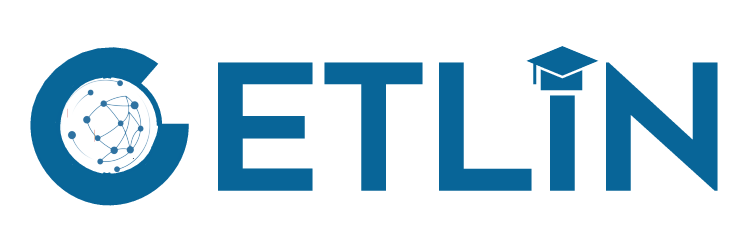Information about current national educational system
In South Africa behaviourist strategies have preserved prevalently in classes where students are not exposed to real life situation knowledge re-enforced by textbook content. Significant attempts to change the education system have been employed. After independency was gained, South Africa explicitly formulated education policies aimed at promoting access to educational opportunities for previously disadvantaged groups. In the 1990’s Bloom’s behavioural objectives (mental, cognitive and science processes) and Piaget’s theories (reasoning patterns) have guided much of the South African National Curricula. Moreover, South Africa spends 18.5% of its annual budget on education. Yet, the education system remains in a poor state of affairs. Statements, such as ‘South African schools indeed dysfunctional’ (Wilkinson, 2015, p. 2); ‘South Africa’s education crisis’ (Spaull, 2013, p. 1); and ‘schooling in South Africa is a national disaster’ (Bloch, 2009, p. 58) are not uncommon when academics and laypersons talk about schooling in South Africa.
Education restructuring in the new South Africa is a longterm challenge. At the moment, the education policy proposals risk favouring the more privileged sectors of the educational community. A more vigorous critical dialogue and pedagogical debate is needed in this regard. Above all, more strategic policy thinking and interventions in the appropriate areas of the education system are urgently needed to empower the more disadvantaged education communities and ensure that the policy change process benefits them.
Current trends in educational policy and practice (e.g. relevant curricular reform cycles) & regional differences
Since 1994, various reform policies were implemented with the aim to teach curricula based on students’ own socio-economic environment and equip them with skills they will need to apply in real life situations. These policies included the Revised National Curricula Statements (2005) and the Curricula Assessment and Policy Statements (CAPS) (2013), which indicate a period of rapid transformation and democratization. These political and social changes created opportunities for the inclusion of indigenous knowledge and dialogue of different socio-cultural views.
The post-apartheid education policies established a single education system for all national cultures, new education managers were appointed, and curricula revised (Lekgoathi, 2010). Despite these radical changes and curriculum revisions, in 2003 South Africa scored the lowest of 50 countries in the Trends in International Mathematics and Science Study (TIMSS) that tested Grade 8 mathematics and science proficiency of students (Spaull, 2013). The Department of Basic Education (2013) realised that effective education commences in early childhood education, where students are instructed in ESL and not their home language. Therefore, the Annual National Assessments (ANA) were implemented in 2014 to test students’ language and numeracy skills (Department of Basic Education, 2018). The ANA tests, managed by the schools themselves, include standardised Home Language, First Additional Language and Mathematics tests and are written by all students in Grades 1 to 6 and 9. The 2013 results showed the following average percentage marks: Home Language = 44.0%, Second Home Language = 38.1% and Mathematics = 15.9% (Department of Basic Education, 2013). The tests indicated that mother tongue instruction could contribute to students’ effective learning.
Current international examinations (PISA, TIMSS)
See report:
Mullis, I. V. S., Martin, M. O., Foy, P., Kelly, D. L., & Fishbein, B. (2020). TIMSS 2019 International Results in Mathematics and Science. Retrieved from Boston College, TIMSS & PIRLS International Study Center website: https://timssandpirls.bc.edu/timss2019/international-results/
